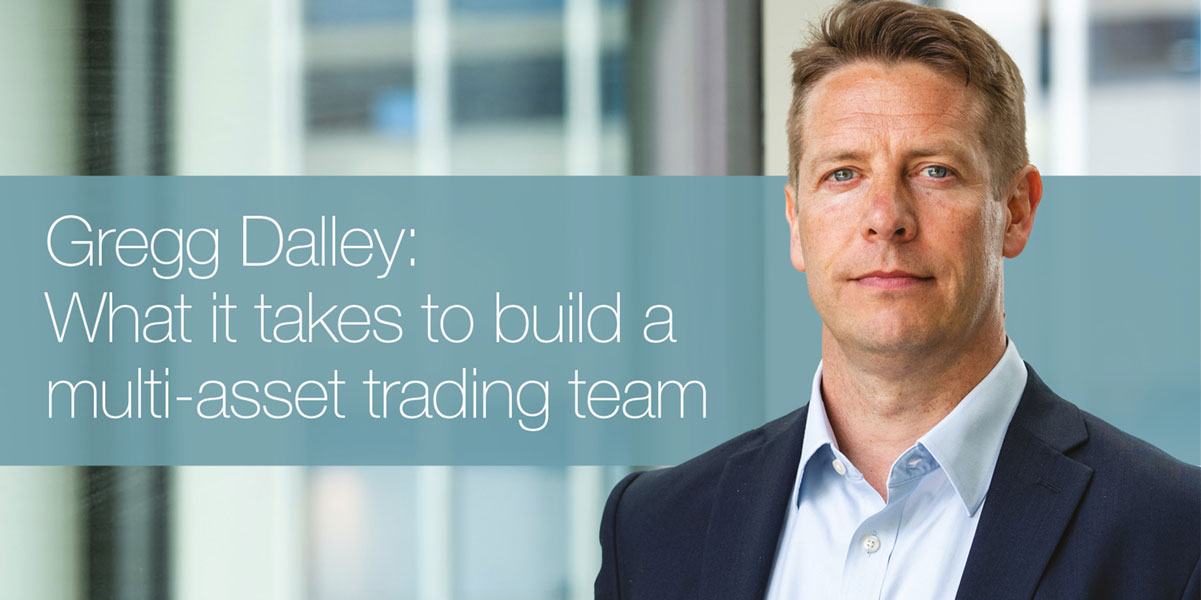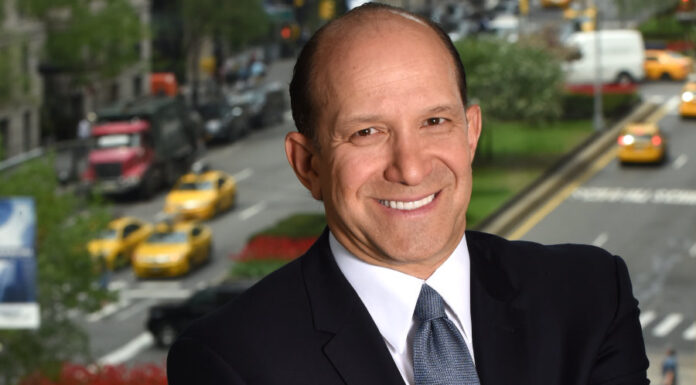Since becoming global head of trading at Schroders, Gregg Dalley has helped his teams become a single, multi-asset trading unit.
The DESK: What is your team’s current role and how has that changed?
Gregg Dalley: We run $990.9 billion of active money globally and we trade in pretty much every asset class, in every investable country and in the vast majority of tradable instrument types. Internally we split the investment desks into over 70 groups and trade for around 300 fund managers. Our goal is to provide a scalable global trading platform whilst providing a tailored solution to each of our portfolio management (PM) teams to give them exactly what they need. We do this by having 39 multi-asset traders globally located in four locations, London, New York. Singapore and Sydney. The trading desk is an integral part of every investment team process and we are well positioned to deliver alpha opportunities in addition to our core regulatory responsibilities.
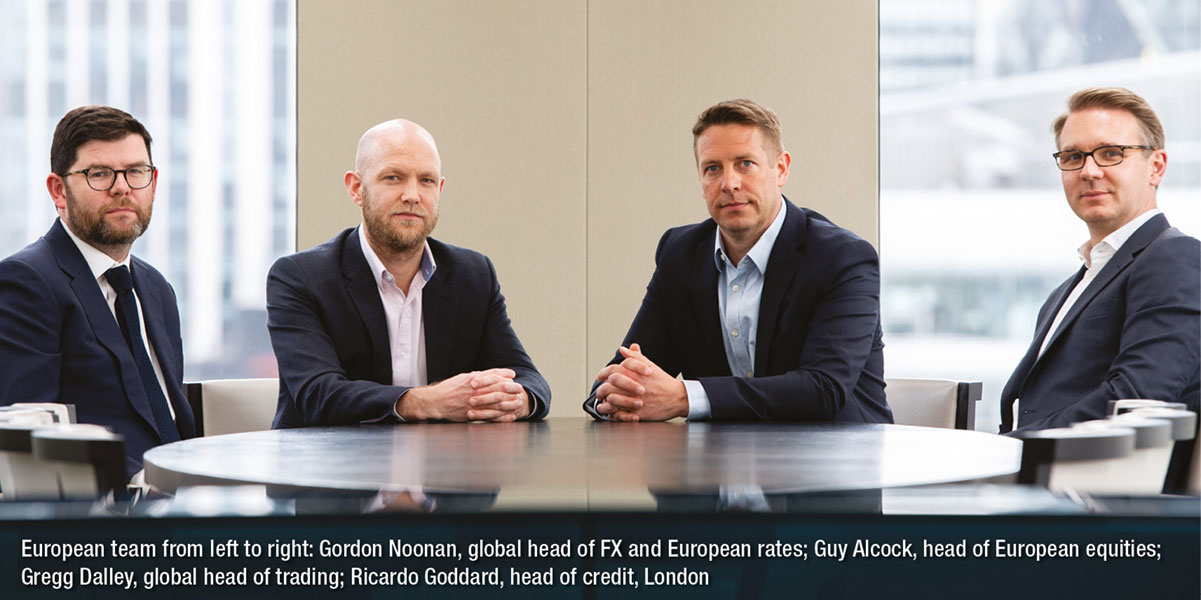
What was your starting point to deliver a more integrated, multi-asset trading team?
GD: We needed great people and a clear vision of what we were trying to achieve. To support our multi-asset trading goals, we first had to restructure some areas to make sure we have the right people in the right seats. This included merging the FX and rates team in Europe, and in Singapore where Mike Bok [see Mike Bok insights] became the head of multi-asset (MA) trading desk rather than a separate fixed income and equities head of trading. We made a number of new hires from the sell side and internally to create the right balance and skillsets we needed. We are lucky that we have a very experienced global trading team with excellent individuals to drive the function forward.
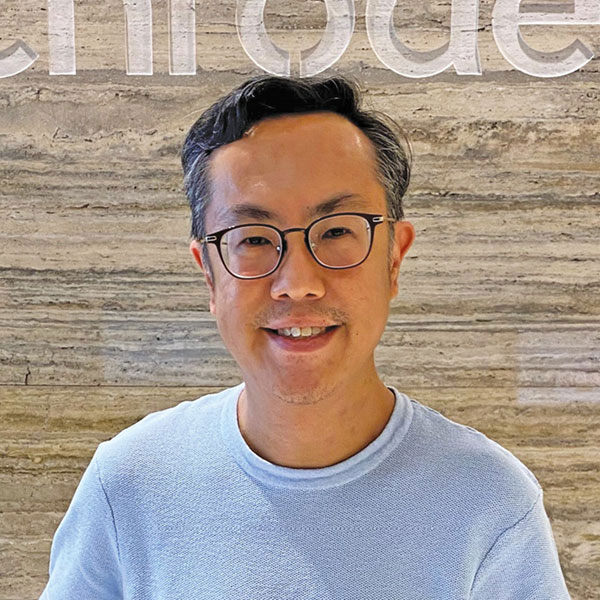 Insights from Mike Bok
Insights from Mike Bok
We collaborate closely with our colleagues in the operation innovation team, which harnesses technology to increase productivity and efficiency. We started off with a daily market wrap using robotic process automation (RPA) where a bot is trained to extract data from emails, collate it into a set email template and then is automatically sent to stakeholders. More recently, we embarked on a project to automate, from start to finish, our regular global multi-asset broker review reports. This took away the routine manual task of generating the reports, drafting emails and sending them out. We are always looking for ways to streamline and automate manual work processes so to increase the bandwidth of our traders.
We share our experience in platforms, workflows, transaction cost analysis (TCA) and market knowledge with our local offices in Asia and in turn they share with us their in-depth knowledge and market intelligence of the local markets. We find it extremely useful that colleagues from global operations and implementation teams have a better understanding of Asian markets microstructures and so we started knowledge sharing sessions with them which were hugely successful and became an on-going programme. We also started knowledge transfer between equity and fixed income/FX traders in Singapore and found it highly useful especially in areas of TCA, automation and algo trading.
Mike Bok is head of trading, Asia
What other operational changes did you need?
GD: Collaboration with other areas is also key, we developed internal relationships with the quantitative and data analytics teams and built a platform to share our management information across the firm more effectively. We redesigned how we consume all of our data, to give us better insights and transparency, as well as providing an output for consistent communication with our counterparties. The top ten counterparties receive a customised report from multi-asset level, down to the instrument and trader rankings. We also conducted a complete review of current and future state operating models for every desk globally.
One of the main goals was to bring the global multi-asset team much closer together. That meant more frequently scheduled meetings, with the heads of trading for each asset class present, and also working together on projects across the trading space. Sharing knowledge, workflows and regulatory landscapes to understand regional and specific instrument issues. This takes time but it is worth it if you can create an environment with open dialogue where people can speak freely and ask for advice. We created one set of global trading objectives and goals that were then interpreted by the head of desk.
By having the teams working more closely together, we can make sure we are all moving in the same direction. It helps people understand how we prioritise projects and the evolution of regulations and technology across the global multi-asset trading space. We also solve some of our own problems by leveraging existing knowledge and experience in another region or asset classes.
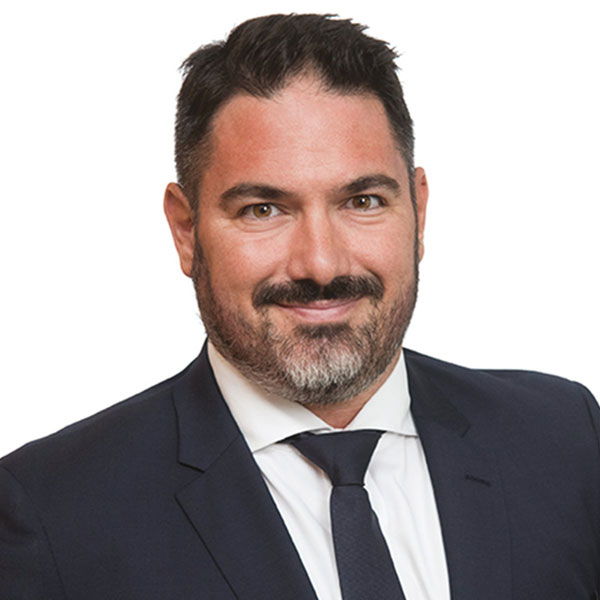 Insights from Will Psomadelis
Insights from Will Psomadelis
QTRMASTER is a proprietary model designed to provide a systematic algorithm recommendation/routing solution to the trading team using a continuous, non-parametric model trained on data accumulated from broker algorithms. The forecastable driver of order outcomes can be distilled into two overarching factors, being the alpha signal decay – which we can estimate through a probabilistic model to inform our trading decisions – and strategy selection, based on current market conditions.
Through the collection of data, QTRMASTER utilises numerous features to produce a cost forecast, decay signal indicator (probability) and best broker solution at the time of the trade. We don’t believe in binning and univariate studies, instead preferring to forecast for each order individually using continuous data. These model outputs are displayed to each trader within the EMS and QTRMASTER GUI using an application programming interface (API) built internally.
Whilst centralised analytics is at the core of QTRMASTER, the model was designed and built from within the trading team, not parachuted into it ensuring domain knowledge was strong and the right balance was struck between theory and practical application. Quant models can suffer with rationalising of new data and the inability to extrapolate beyond the trained feature space so whilst QTRMASTER is a systematic process, human expression is encouraged and underlines the success of the entire trading strategy.
As our trading volumes have grown meaningfully, we have been able to execute those volumes with a lower number of traders and with improved performance. All global trading desks are familiar with the models and discuss QTRMASTER frequently, so trades can pass across the globe. The Singapore desk trades the majority of Australian smaller orders using QTRMASTER allowing the global head of trading research, who sits in Australia, to focus on block trades, trading research and QTRMASTER development. Weekly interactions with traders across the group accelerate its development through the suggestion of new variables and integrations, and improve the level of communication across the team, pushing trading research into new areas. QTRMASTER is expanding beyond equities with a global futures model due to go live imminently and an FX model in development using the same principles.
Will Psomadelis is global head of trading research and head of trading in Australia
What did you need the team to get a common view on?
GD: We have to clearly define our role. We are an investment management house and therefore we are there to help our PMs in any way we can. Taking care of our best execution obligations [see Gordon Noonan insights] is always the common goal, but more importantly, examining what that actually means for each asset class and each instrument within them. It includes looking at every workflow, every click and interaction about how we can make this more effective and efficient. We need to understand every liquidity and technology provider and map our current and future state operating models. We constantly ask if there is a better way. If not, why is that? For example, is it in-house issues for us to solve, regulatory issues, technology issues or market data?
In equities it could be using our proprietary quantitative QTRMASTER modelling tool [see Will Psomadelis insights], or single click request for quote (RFQ) execution rules to automate simple tasks. It could simply be using technology to identify a block trading opportunity [see Guy Alcock insights] as quickly as possible. The way we achieve ‘best outcome’ will differ greatly based on a number of variables that the trader will assess and the characteristics of that particular instrument and environment.
All of this allows us to focus on the orders that require more attention, and traders control the automation process [see Ricardo Goddard insights]. For example, in times of excess volatility we may choose to lower the automation rate or remove it completely depending on the event or conditions. We do not believe in generalist traders operating low touch desks but automation controlled by the people that are the experts in that instrument.
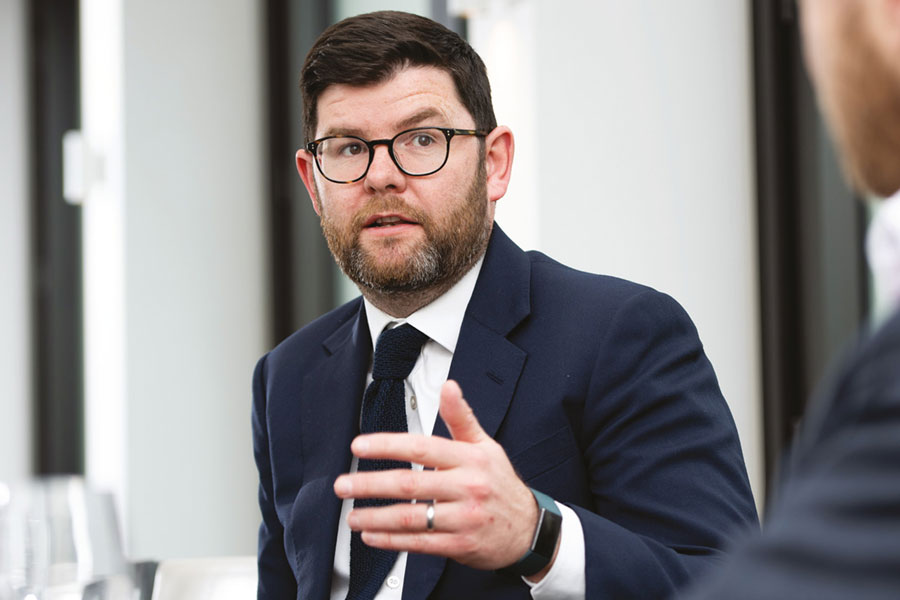 Insights from Gordon Noonan
Insights from Gordon Noonan
Transaction cost analysis (TCA) not only allows us to analyse our own execution but also to analyse the performance of our counterparties. Our primary aim is best execution for clients while maintaining a good standing with sell side partners. Accurate and relevant TCA is key to achieving this goal. In fixed income, currency and commodities (FICC), we use BestX as our TCA provider. BestX uses best-in-class execution data across fixed income and FX to analyse execution across a range of metrics. Post-trade TCA results drive our pre-trade analytics allowing us to reward those banks who provide us with best outcomes over the long run. Having people with the experience of the equity TCA journey over the last 20 years and their quantitative research experience has really helped speed up the process.
At Schroders we embrace all efficiency gains and believe that automation is a vital tool that allows us to execute smaller low-touch tickets in an efficient, standardised approach. These efficiencies allow traders to concentrate on higher value tickets and add value to the wider investment process. We leverage Aladdin’s Automated Order Routing (AOR) manager, which allows us to autoroute predefined orders to our preferred execution management system (EMS), whereupon these orders are auto-executed once predetermined best execution criteria are met. This has proven successful in the FX space with >90% of FX tickets auto-executed, and we are now rolling out similar projects this year in both rates and futures.
Gordon Noonan is global head of FX and European rates
How do you evaluate the outcome of your multi-asset approach across asset classes?
GD: In equities once we have traded we look to TCA to learn from the decisions we made. TCA is always the first place to look to validate outcomes, but with fixed income TCA was and still is a relatively new concept. To move towards a more level playing field, we completed review of TCA for fixed income back in 2018-19. That involved having a review of every provider, screening them, looking at their ability in every instrument, looking at the data each had available and then tracking their current offering along with the scope / plan to improve.
After evaluating each one, the biggest criticism we had was that system providers came to fixed income with an equity mindset – and it is very different.
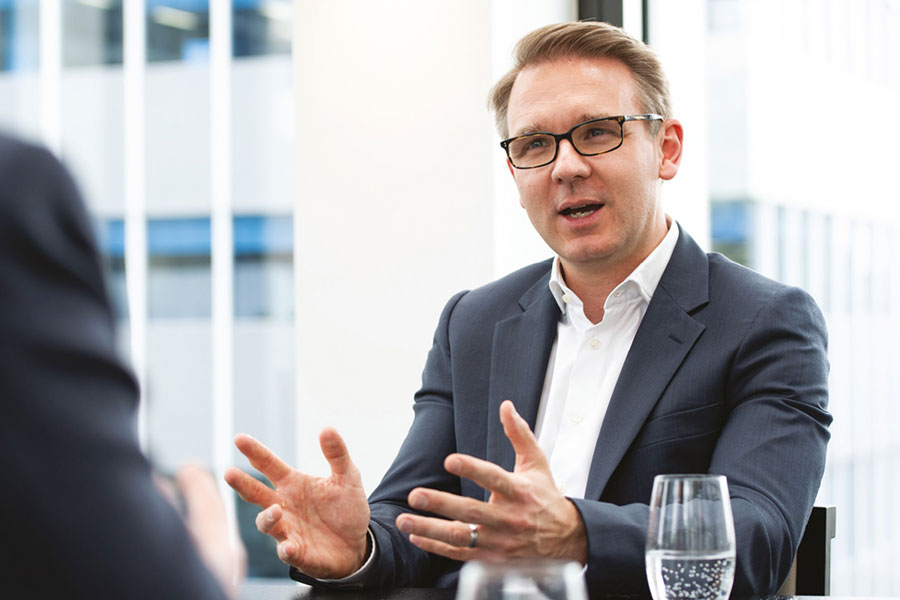 Insights from Ricardo Goddard
Insights from Ricardo Goddard
It will always be challenging to automate credit trading given its liquidity profile, unique characteristics of each bond and the lower data quality compared to other asset classes. The lack of trading data and axe-driven trade flow make each aspect of the trade harder to code for, as there are more unknown variables. For example, with broker selection determining which firm or desk is good in a given sector will differ from week to week, but even within that sector, there are considerations such as duration, issuer domicile, time since issuance, liquidity (such as free float) that must be considered when choosing which bank to ask. The most important however, is knowing who is axed. Most of this data is very hard to obtain at a granular enough level to allow automated broker selection.
To overcome some of these challenges we have worked hard with the multilateral trading facilities (MTFs) to help shape rules that work for us. While we are some way from having a reliable method of fully-automating even small trades, we have been able to use rules based trading to make RFQ more efficient. This has radically reduced time-per-ticket for e-business yet still gives the trader full oversight of the order. We have also worked with industry bodies such as ICMA to help create a better framework for axe distribution, which in turn will aid this shift towards more automation. Accurate axe distribution and reliable data will be key to this progress and we work closely with several platforms that seek to provide industry solutions in this space.
From having close to zero automation in 2019 we now execute 26% of our bond orders on a ticket count basis (full-year 2021). Since introducing rules-based trading into our workflow we have routinely audited our parameters, as we seek to move more of our RFQ business into the auto-RFQ section protocol. Overall RFQ makes another 45% of tickets on top. This efficiency is important to free up trader time for more value-added and sensitive orders. A project for this year is looking at replicating this process for credit index trading, unthinkable five years ago.
Ricardo Goddard is head of credit, London
What questions did you need to ask and how well prepared was the market to support your efforts?
GD: We took a standardised group of questions and depending on where we started to get constructive answers reflected the validity and quality of TCA data, we applied this approach per instrument. We looked at the asset class and drilled into each particular instrument, looking for issues and asking if they were structural, regulatory, or technological. Also whether anything could be done to help and unfortunately the answer sometimes is no.
For some OTC products with irregular trading patterns, no post-trade tape, no realistic pre-trade estimated cost models, TCA was pointless and the best execution process is purely in the price discovery process.
If we are asked about TCA in any product, we don’t want to answer that it hasn’t been developed, we want to show our understanding of where the industry is on that journey, if valid data for TCA exists or not to be effective, what existing tools and services are on offer. We need to show from front to back what is available in the market and more importantly, if we do not think TCA is a valid option we have to explain why.
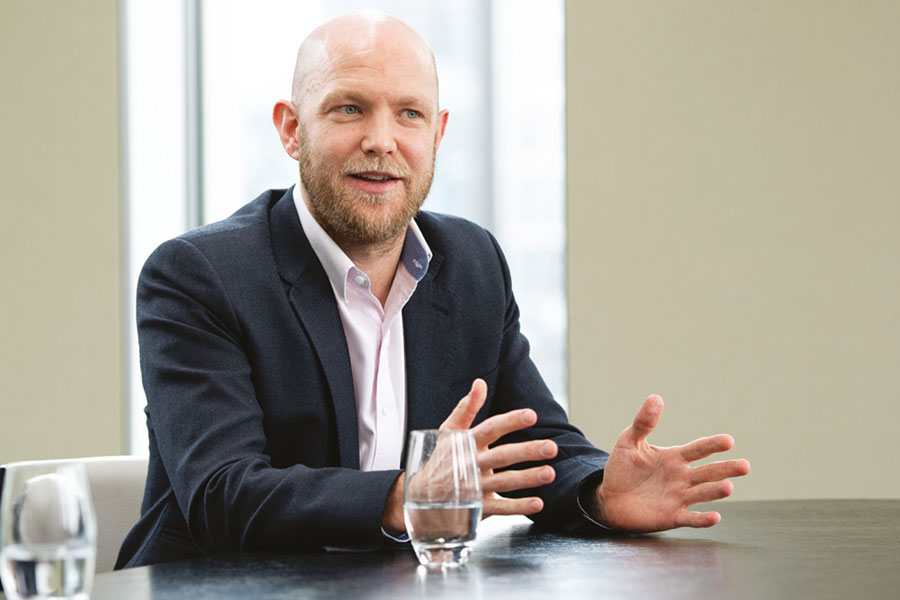 Insights from Guy Alcock
Insights from Guy Alcock
As AUM grows and the complexity of workflow increases we look for ways to improve our execution efficiencies. The last ten years has seen a continuous evolution of our electronic execution solutions helped by our head of electronic research in Australia, to implement a proprietary best-broker outcome selection model. That has helped our execution counterparties fine tune their customised algos to our flow through constant review and feedback with detailed analytical data.
We are looking to leverage the equity best broker routing model for global equity futures, having already implemented regional broker-neutral low touch wheels. This could also extend to a multi-asset approach as we improve global asset class efficiencies. With the growth of exchange traded funds (ETFs) we have leveraged the technology of platforms such as Tradeweb to implement ruled-based auto-execution, dramatically reducing the time intensive clicks-to-execution. We are also using technology and rule- based FIX messaging to mitigate risks like timed benchmark executions.
The more we can improve our efficiencies and automation on electronic orders the more we can concentrate on the time intensive high touch workflows. Trading high touch blocks is where we really add value and provide our PMs with liquidity options and opportunities. We have built an in house Liquidity Monitor that allows our PMs to consume this in the most efficient way possible. We are also working with our internal team to embed this into their investment process. Our focus is always on the best outcome.
Guy Alcock is head of European equities
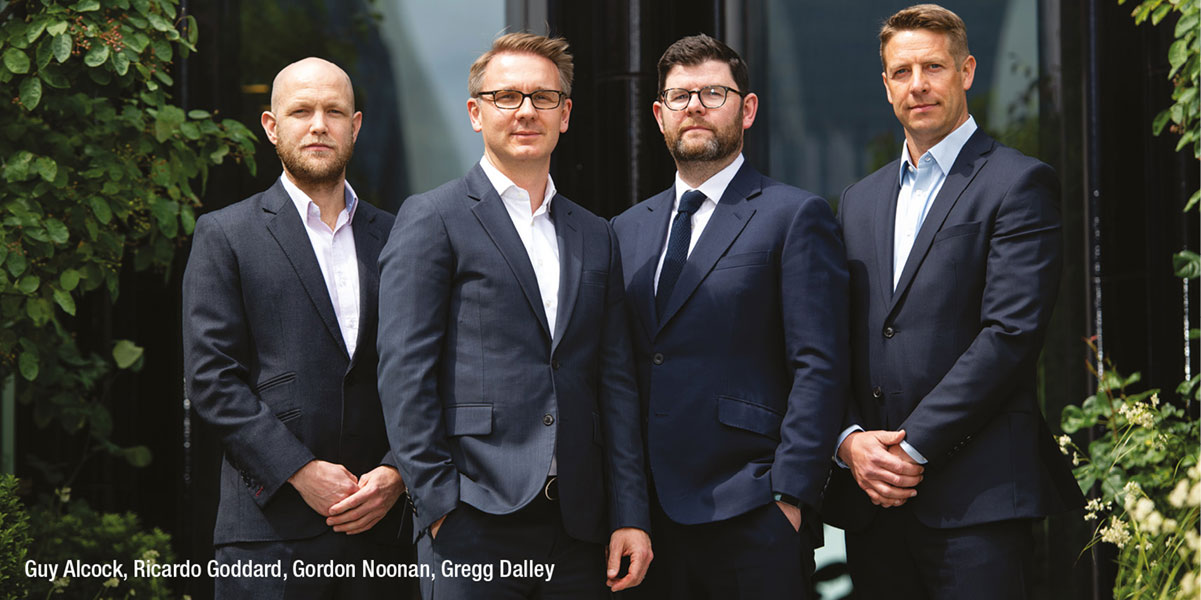
Can you outline how execution quality may have changed as a result of your efforts?
GD: Execution is measured by price, but it starts with your governance, technology set-up, quality and education of traders and having all possible avenues of execution available to you – all of which continuously evolves. Getting these components right is key to consistently obtaining best execution.
The execution quality has improved with these efficiencies, reducing time-to-market and the ability to spot opportunities quickly. Given the events over the last three years it has been an especially volatile period so often historical TCA comparisons are not exact. We have seen 25-50% increases in volumes, new products being launched and integrating new PM teams. We have also dramatically improved our best execution review process in FI and FX and collectively and we have improved all of our traders multi-asset trading knowledge regarding technology and the liquidity landscape. All of these help us prepare for the future and our ability to evolve.
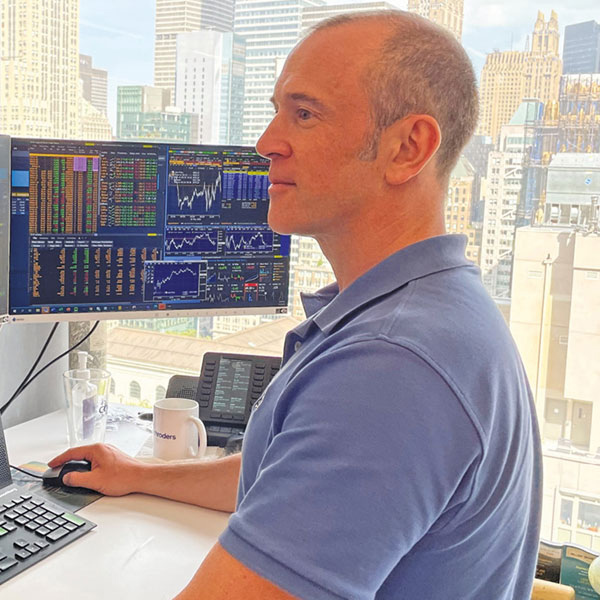 Insights from Will Lishman
Insights from Will Lishman
By linking our TCA to a systematic trading tool we have developed in house, we have created a feedback loop of continual improvement of the broker algorithms and our optimal selection of those algorithms, leading to lower trading costs. This also allows for a large amount of workflow streamlining where suitable trades can be traded via automation, and whilst a trader can monitor the baskets, they will only need to intervene in the event of abnormal trading activity.
This allows the trader to spend more time focusing on the larger trades with more asymmetric risks, the more complex trades, or assessing the liquidity opportunities in the market. With the enormous growth over the last few years of both registered and unregistered blocks and distribution calendars that can be regular and dependable, connecting to this liquidity is not only be a great way to reduce trading costs, but also to increase capacity. This means more communication is needed from the buy-side trading desk with equity capital markets and block trading desks for better outcomes in both reverse enquiries and regular block opportunities.
Will Lishman is head of trading, Americas
What has been the change in the skills sets needed?
GD: You need the fundamental skills first; understanding the PM’s investment philosophy, broker strength and weaknesses, regulatory landscape and compliance. The newest addition to this skill set is the use and understanding of data. Having the ability to interpret data with a practitioners understanding of the market is really important. For example, we tried to take the same approach to FX algos as we do in equity, and found a different fit due to the market structure and less transparent data.
For some FI and FX markets it has been more useful to work around the request for quote (RFQ) process, to look at the optimum number of people to send an RFQ to, in order get the best outcome and manage information slippage. The Trading Insights team has come up with interesting products, helping us come up with a better path to best execution. We have used these resources to automate the RFQ process and analyse data quickly using our experience from equity ETF RFQ’s.
Has there been a change in the mindset of the trading team to enable this progress?
GD: One of the biggest mindset problems is not to assume that the way you are doing it is the right way. If you started afresh, would it look like this? What would we change? That is where technology comes into it to provide innovation. We have seen a lot of initiatives in FI – portfolio trading has been a big change [see Gregg Moore insights] – but that has a legacy going back 25 years in equities.
When you think of innovation, a very simple idea can make a huge difference in terms of efficiency and outcome. That mindset – trying to get people to think differently – was one of the greatest challenges.
 Insights from Gregg Moore
Insights from Gregg Moore
In recent years, transaction costs have come down for portfolio/program trading largely due to more competition/participation from the dealer community and more sophistication, increasing the speed in which those dealers are able to recycle/hedge the risk from these types of trades. Additionally, we have seen the protocol offered in expanded sectors e.g. high yield, emerging markets, municipals, as well as non-USD markets GBP and EUR.
As transaction costs came down, use/acceptance of the protocol from the buy-side naturally increased. Capacity, however, is not unlimited and in recent quarters there have been spikes in transaction costs – not only during periods of volatility but also simply when dealer balance sheets become temporarily clogged with a surge in volumes resulting in significant amounts of unrecycled PT risk. Pre trade reconnaissance (axe/bias matching) is even more critical during these periods in order to select brokers that will give you the best odds of success. Program trading has seen a welcomed addition and a huge success in credit in both the US and Europe as it provides another option, it promotes speed of execution for cash flows or to implement new market views whilst also improving execution costs.
Gregg Moore is head of trading, Americas fixed income
Does the team collaborate differently?
GD: We all have the same objectives and goals and this year we also have different streams for each project. In practice that means we might have a project to automate more trades below a certain size, and while the stream in equities might be to make ETF flow more efficient using auto routing for RFQ’s. For FX it might be to automate on FXAll. So it can be the same problem, but we might have Will Lishman [see Will Lishman insights] and Ricky Goddard head of that automation stream and then all of the traders get together globally across MA to discuss that problem and their plans. We find that just bringing people together can be a great way to talk through a problem from every angle and to come up with original solutions.
How is industry collaboration evolving?
GD: Buy-side collaboration between firms is probably at the best it has ever been, with a number of excellent individuals passionate about the business. Our world is constantly changing and currently there is particular focus in Europe on the consolidated tape, the MiFID II review, and the Wholesale Markets Review. I sit on various working groups including the Investment Association and LSEG’s PLATO.
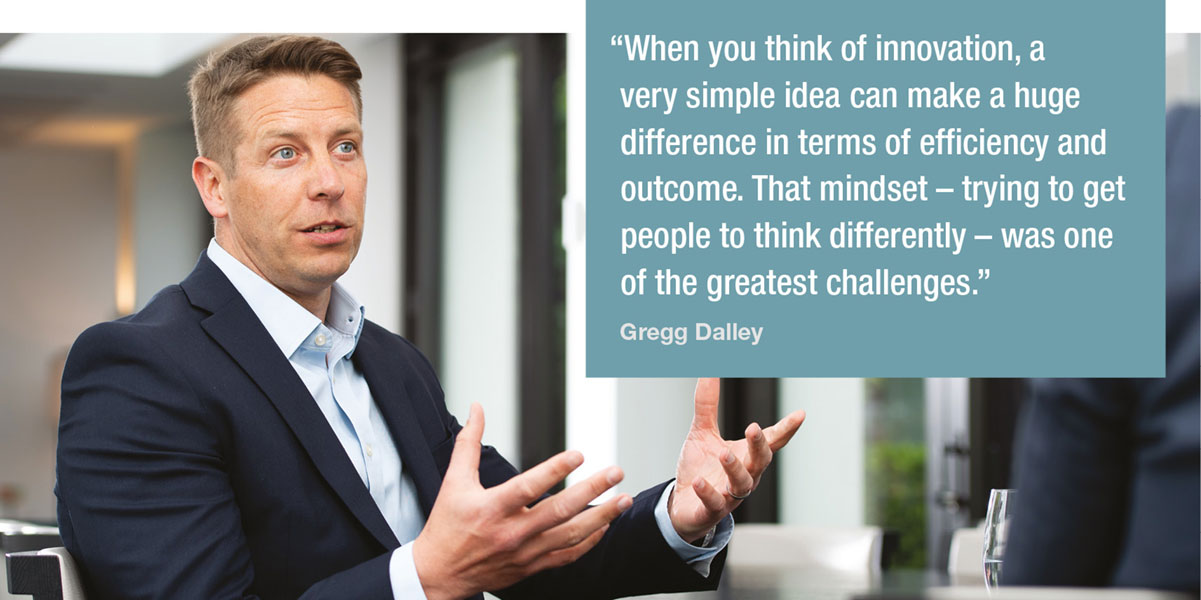
Are there successful examples of collaboration solving common problems?
GD: Primary markets have been a common issue that we have not been able to tackle. The issues always tend to be around identifier issuance or critical mass regarding a consistent platform. We have been exploring the use of Bloomberg to solve this issue as it has all of the relevant criteria to do so.
The aim is to supply a solution for everybody with multiple options. The Financial Instrument Global Identifier (FIGI) seems to have become a universal identifier of choice, currently the only option, to solve the security identifier issue. Once we are able to create that security in the system with a consistent identifier, then we can go to the next stage. There are multiple options here again one of which is Bloomberg. It has the functionality already available via an execution management system (EMSX) and TSOX but most importantly everybody has this system on their desk.
Hopefully we can get to a point where we have healthy competition between issuance platforms, but to start with we can just keep it very basic and get moving, and evolve it afterwards. Otherwise, the industry could spend another 10 years talking about potential solutions and not providing one.
Gregg Dalley is global head of trading at Schroders. Previously he held roles as the head of electronic trading EMEA and then head of trading EMEA before becoming the global head of equities in 2016. Gregg took over FICC trading activities in 2018 to form his current role and this will be his 25th year at the firm.

Photos: Philippa Gedge Photography / www.philippagedge.com
©Markets Media Europe, 2022
TOP OF PAGE












